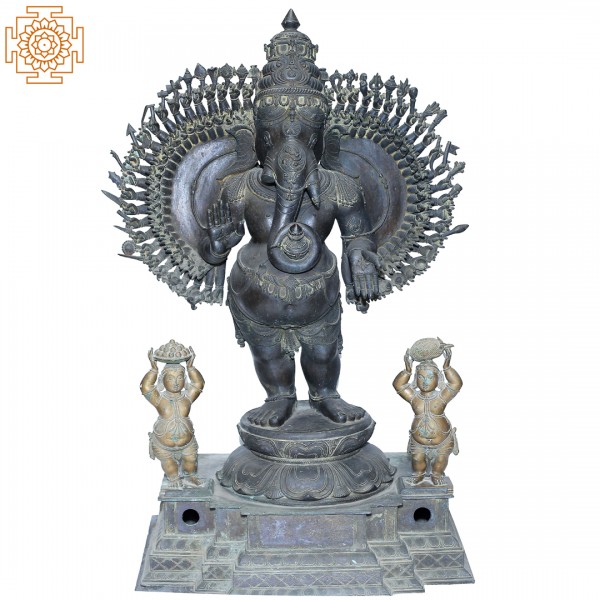Panchaloha Bronze Ganesha With 108 Hands Chola Artistic Tradition From Swamimalai
Panchaloha Bronze Ganesha With 108 Hands Chola Artistic Tradition From Swamimalai
Subscribe
Unsubscribe
Photos: 364
Subscribers: 2
Views: 947
Uploaded: Apr 21 2022
Photos: 364
Subscribers: 2


